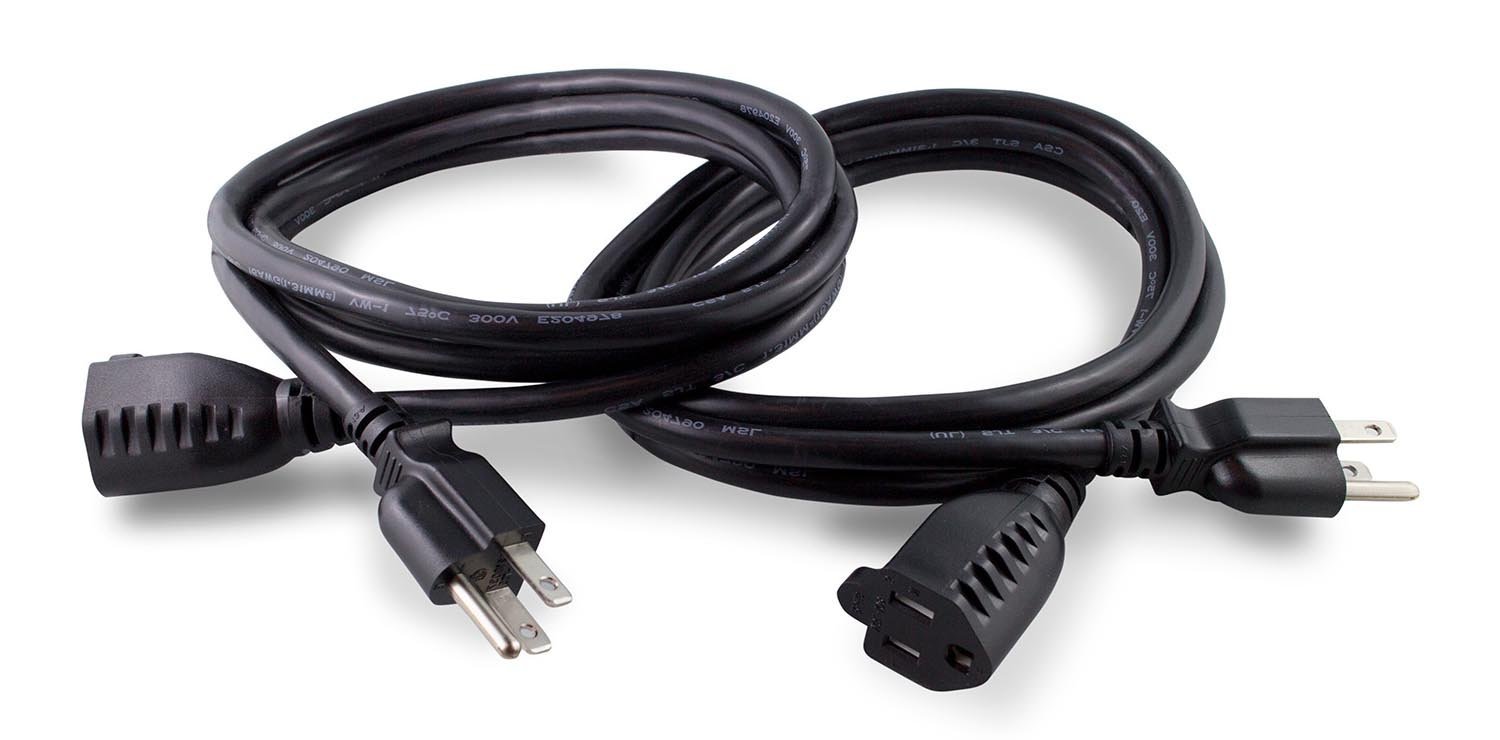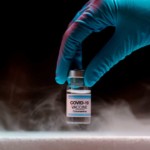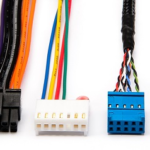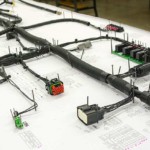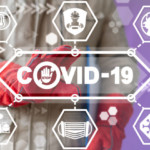Appliance plugs are three-conductor power connectors used in consumer electronics, portable medical devices, healthcare products, and household appliances. In the United States, UL 498 from Underwriters Laboratories (UL) has been the accepted standard for appliance plug testing, performance and safety. In Canada, it’s CSA C22.2 no. 42 from the Canadian Standards Association (CSA). Europe, which has a higher main level voltage than North America, follows IEC 60320 from the International Electrotechnical Commission (IEC) instead.
For electronics companies with a global footprint, meeting multiple standards adds complexity and costs. There’s also the uncertainty that a socket from a North American manufacturer will work with a plug from a European manufacturer. Harmonization, the process of minimizing redundant or conflicting standards, offers a way to overcome these obstacles. That’s why UL and CSA certificates can be combined. It’s also why the U.S. and Canada are adopting IEC 60320 for appliance plugs, but with minor deviations. UL 60320 is not the same as IEC 60320, so it’s important to understand the extent of this harmonization.
UL 60320 vs. IEC 60320 for Appliance Plugs
UL 60320 is a standard from Underwriters’ Laboratories that was first published in May 2011. It covers appliance couplers for household and similar general purposes. By May 2021, all new appliance plugs in North America must comply with a version of UL 60320 known as UL 60320-1 or CSA C22.2 no. 60320-1. However, UL 60320-1 is based on IEC 60320-1, Edition 2 – an older version of the current IEC 60320-2015 standard.
The table below from ConnectorSupplier.com compares UL 60320 and IEC 60320 in terms of standard ratings, temperature rise, cables and connectors, and insulation resistance.
| Clause | UL 60320 | IEC 60320 | ||
| Standard Ratings | 7A, 15A, and 20A | 2.5A, 10A, and 16A | ||
| Temperature Rise | A C13 connector is tested with 18.75A. Accordingly, thicker wires are used. | A C13 connector is tested with 12.5A.
Accordingly, thinner wires are used. |
||
| Cables and Connectors | Cables shall comply with CSA C22.2 No. 49 and UL 62. | Cable should comply with IEC 60227 and IEC 60245 standards. | ||
| Insulation Resistance | As an alternative to the glow wire test, a material can be selected according to the minimum flame class: insulation material in contact with live parts > V-2 for inlets, HB for connectors, other insulation material > HB. | Glow wire test is performed according to IEC 60695-2-11/12/13. | ||
| For hot-plug connectors: as an alternative to determining the Proof Tracking Index (PTI), a material with Comparative Tracking Index (CTI) ≥ 175 or a material with a Performance Level Category (PLC 3) or better, according to UL 746A, can be used. | For hot-plug connectors, PTI ≥ 175V. |
Get Help with Appliance Plug Harmonization
The differences between UL 60320 and IEC 60320 are relatively minor, but appliance plug manufacturers must obtain reapproval for all affected power connectors. Also, because the temperature heating tests in UL 60320 are associated with higher temperatures, designers may need to modify conductor diameters. Additionally, changes to product labels such as test marks and ratings require tooling changes in production. Product designers could encounter some short-term challenges, but the benefits of global harmonization will promote greater savings and efficiency over the long-run.
SHINE, an electronics contract manufacturer in Adams, Massachusetts (USA), can help you to overcome these challenges and realize the benefits of appliance plug harmonization. We are an ISO 9001:2015 certified, ANAB accredited, have a UL Recognized Registration, and are CSA recognized. All SHINE cables are built and tested to the IPC/WHM-A-620 standard, the only industry consensus standard for requirements and acceptance of cable and wire harness assemblies.
To learn more about us and how we can help you, contact us.

